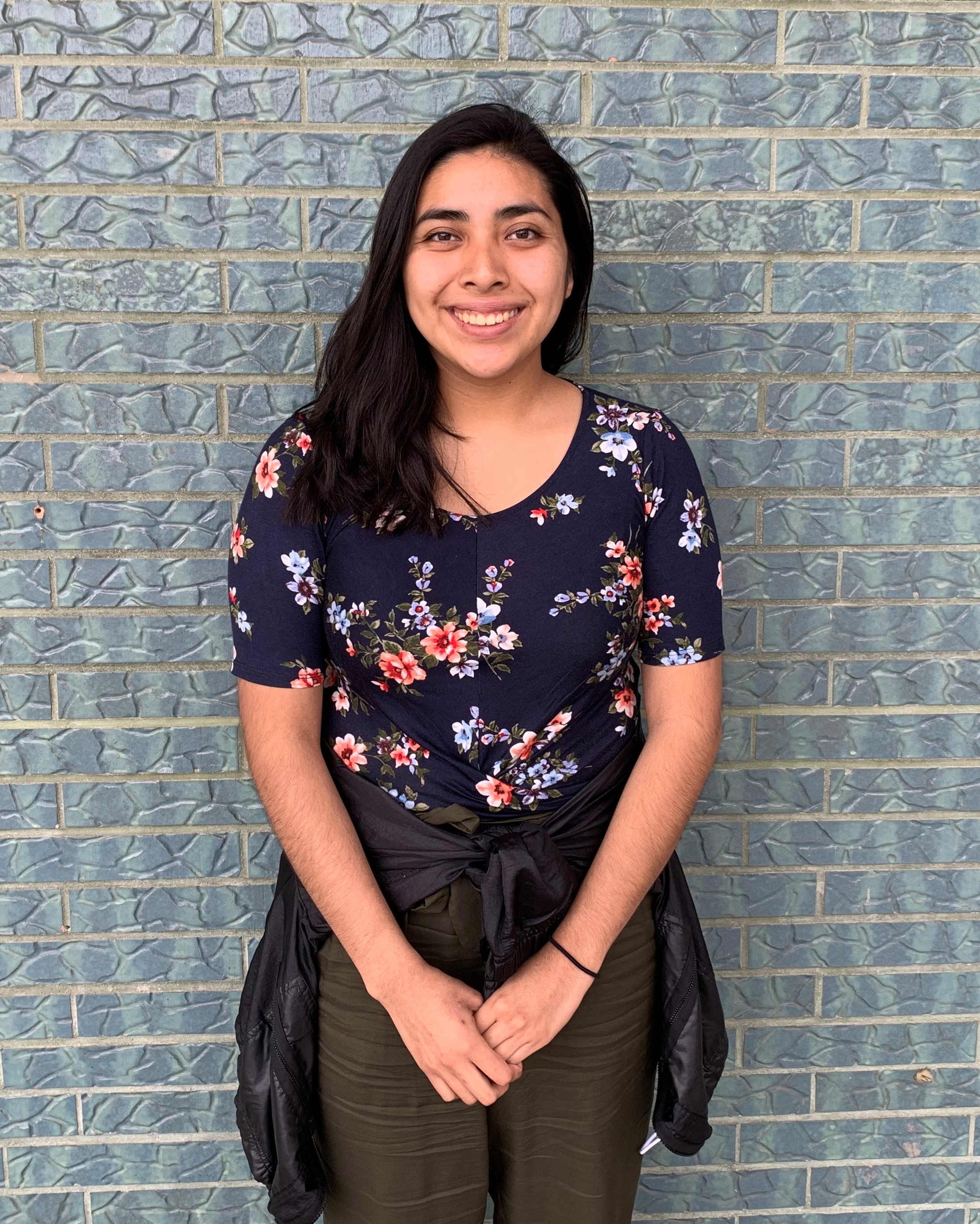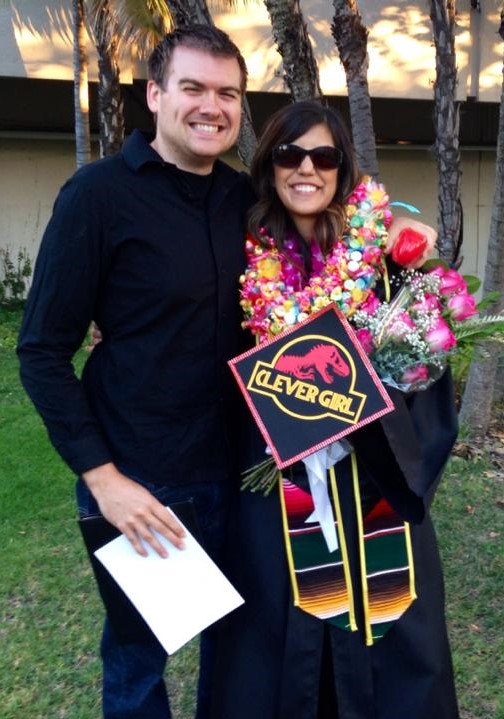Each year, the CSU welcomes nearly a quarter of a million new students to California State University campuses across the state. For the nearly 55,000 new transfer students coming from California Community Colleges (CCC), it is one more step in their journey toward earning a bachelor's degree.
 CSU Long Beach student Erika Garfias says her connection to the campus has grown significantly thanks to the Beach Transfer Transition Center (BTTC).
CSU Long Beach student Erika Garfias says her connection to the campus has grown significantly thanks to the Beach Transfer Transition Center (BTTC).
Many of these students began their education at a CCC with one goal in mind: transfer to a CSU campus. To that end, the university works to build pathways that ease the transition from community college and support students once they’re enrolled.
“The CSU has given me so much support, even just one semester in, that I feel confident about my success for the rest of my time here,” says Erika Garfias, a math major at
Cal State Long Beach who transferred from
Rio Hondo College in fall 2019.
Garfias was able to begin making connections before she started her first class at CSULB, thanks to
HSI Summer Bridge to the Beach, a 9-week program for incoming Latinx and Pell Grant-eligible STEM transfer students.
“Along with conducting research, we visited the entire campus to get to know the resources available to us, which was where I heard about the
Beach Transfer Transition Center (BTTC),” says Garfias. “The entire staff has been so welcoming and supportive; it’s become my home away from home.”
Staff like those at the BTTC recognize the challenges transfer and first-generation students face and work to meet their individual needs through the provision of academic support and by hosting events to instill a sense of community and belonging. Many campuses have study centers, clubs and even themed housing designed specifically to help transfer students transition to the university and make connections on campus.
A Smoother Pathway
For students planning to transfer to a four-year university, it can be challenging to figure out which community college
 Cal State LA alumna Tanya Gray ('14) says she never would have pursued her career in local government had it not been for the Associate Degree for Transfer (ADT) program.
Cal State LA alumna Tanya Gray ('14) says she never would have pursued her career in local government had it not been for the Associate Degree for Transfer (ADT) program.
courses will be applicable to the bachelor’s degree they’re pursuing. Students can spend time and money completing classes they think will transfer, only to find out that the courses might not match CSU requirements for their desired major.
In 2010, the CSU partnered with the CCC to sponsor legislation that resulted in the creation of the
Associate Degree for Transfer (ADT) program to make it easier for students to transfer between institutions. The joint program between the CSU and the CCC awards associate degrees and guarantees a CSU campus admission to community college students who earn at least 60 of the 120 units needed for a bachelor’s degree in a specific major. The ADT currently encompasses more than 30 majors.
Bolstered by this more clearly defined route, the percentage of students coming to the CSU on an ADT pathway has increased significantly in the past decade. In fall 2019, the CSU welcomed just under 55,000 new CCC transfers, 16,000 of which came with an ADT—up from about 1,000 in 2013.
Data shows that students transferring with an ADT earn their degree in less time than their peers. While about 35 percent of transfer students overall graduate in two years, that number increases to about 50 percent for ADT pathway students.
Tanya Gray, a senior accountant for the city of Santa Ana, says she never would have pursued a bachelor’s degree if it hadn’t been for the ADT program. Gray graduated from
Cal State LA in 2014 after transferring from
Santa Ana College (SAC).
“I was just trying to finish my AA and be done with it. But my counselor and I worked together to establish a plan and figure out which classes I would need, both at SAC and at Cal State LA, so once I transferred I finished quickly. I’m thankful because I wouldn’t have my career in government without my bachelor’s degree.”
Tightening the Track
Improving completion rates for all CSU students is a key priority of
Graduation Initiative 2025, and transfer students in particular are graduating in record time. In 2019, the two-year graduation rate for transfer students increased to 40.4 percent, up from 30.6 percent in 2015, and the four-year graduation rate for transfer students increased to 77.5 percent, up from 73.0 percent.
Additionally, CSU Chancellor Timothy P. White was recently
appointed to serve as co-chair of the
American Council on Education (ACE) National Task Force on Transfer of Credit, which will focus on improving the transfer and award of credit with the goal of advancing student success and promoting equity. Current CSUN president Dianne F. Harrison will serve as a member of the group.